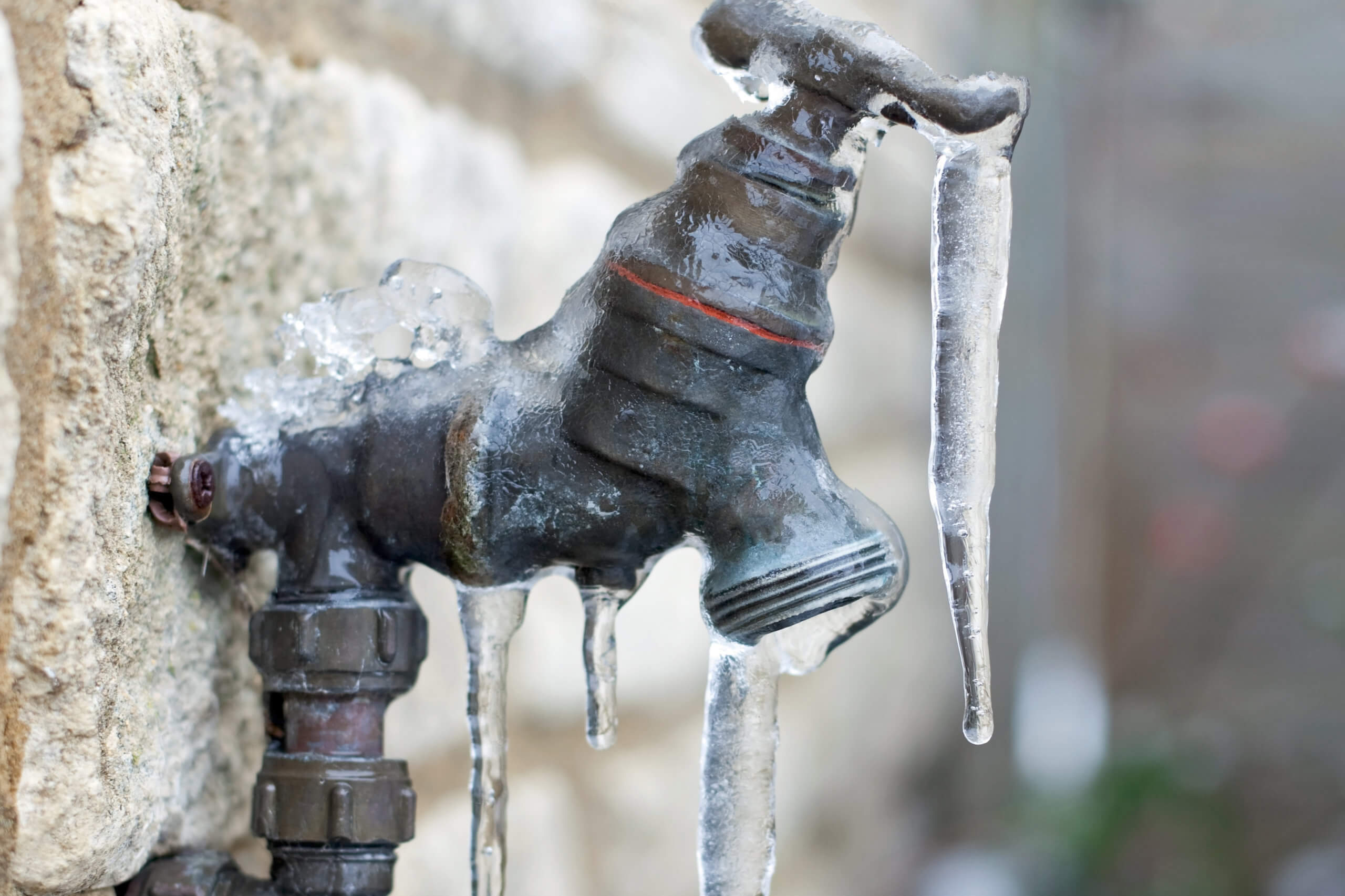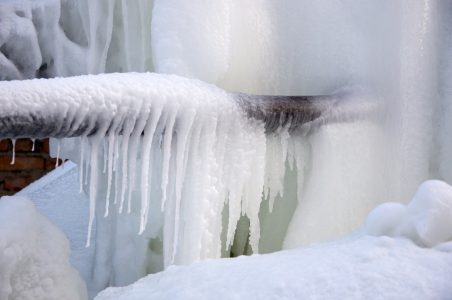This post underneath on the subject of How to Prevent Your Pipes From Freezing is unquestionably remarkable. Give it a go and make your own personal conclusions.

Winter can ruin your pipes, specifically by freezing pipes. Here's exactly how to prevent it from occurring and what to do if it does.
Intro
As temperature levels decline, the threat of frozen pipes rises, potentially resulting in expensive repair work and water damage. Understanding just how to stop frozen pipes is essential for homeowners in cool climates.
Prevention Tips
Shielding at risk pipelines
Wrap pipes in insulation sleeves or make use of warmth tape to safeguard them from freezing temperature levels. Concentrate on pipelines in unheated or outside locations of the home.
Home heating strategies
Maintain interior rooms adequately heated, especially areas with plumbing. Open closet doors to enable cozy air to flow around pipelines under sinks.
Just how to recognize icy pipes
Seek lowered water circulation from faucets, unusual odors or noises from pipes, and noticeable frost on exposed pipes.
Long-Term Solutions
Architectural modifications
Think about rerouting pipelines away from exterior wall surfaces or unheated areas. Add added insulation to attic rooms, basements, and crawl spaces.
Updating insulation
Invest in high-quality insulation for pipelines, attics, and wall surfaces. Appropriate insulation helps keep constant temperatures and minimizes the risk of icy pipelines.
Securing Exterior Plumbing
Yard hoses and outside taps
Disconnect and drain pipes garden tubes before winter months. Install frost-proof spigots or cover outdoor faucets with shielded caps.
Understanding Frozen Pipelines
What causes pipes to freeze?
Pipelines ice up when exposed to temperatures below 32 ° F (0 ° C) for prolonged durations. As water inside the pipelines ices up, it increases, putting pressure on the pipe walls and potentially causing them to burst.
Risks and damages
Frozen pipes can lead to supply of water interruptions, property damage, and pricey fixings. Ruptured pipelines can flooding homes and trigger substantial structural damage.
Indicators of Frozen Water Lines
Determining frozen pipelines early can avoid them from bursting.
What to Do If Your Pipelines Freeze
Immediate activities to take
If you believe frozen pipelines, maintain faucets open up to ease stress as the ice thaws. Use a hairdryer or towels taken in hot water to thaw pipelines slowly.
Verdict
Stopping icy pipelines requires positive procedures and fast reactions. By understanding the reasons, signs, and safety nets, homeowners can secure their plumbing during cold weather.
6 Proven Ways to Prevent Frozen Pipes and Protect Your Home
Disconnect and Drain Garden Hoses
Before winter arrives, start by disconnecting your garden hoses and draining any remaining water. Close the shut-off valves that supply outdoor hose bibs and leave the outdoor faucet open to allow any residual water to drain. For extra protection, consider using faucet covers throughout the colder months. It’s also important to drain water from any sprinkler supply lines following the manufacturer’s directions.
Insulate Exposed Pipes
Insulating your pipes is an effective way to prevent freezing. Pipe insulation is readily available at home improvement stores and is relatively inexpensive. Pay close attention to pipes in unheated areas such as the attic, basement, crawl spaces, or garage. Apply foam insulation generously to create a buffer against the cold. You can also wrap your pipes in heat tape or thermostat-controlled heat cables for added warmth.
Seal Air Leaks
Inspect your home for any cracks or openings that could let in cold air. Seal any holes around the piping in interior or exterior walls, as well as the sill plates where your home rests on its foundation. Additionally, make sure to keep your garage door closed unless you’re entering or exiting. Leaving it open creates a significant air leak that can lead to frozen pipes.
Allow Warm Air Circulation
During cold snaps, it’s essential to allow warm air to circulate evenly throughout your home. Leave interior doors ajar to promote better airflow. Open kitchen and bathroom cabinets to help distribute heat consistently around the rooms. If you have small children or pets, be sure to remove any household chemicals or potentially harmful cleaners from open cabinets for safety.
Let Faucets Drip
A small trickle of water can make a big difference in preventing ice formation inside your pipes. When temperatures drop significantly, start a drip of water from all faucets served by exposed pipes. This continuous flow helps prevent the water from freezing. Additionally, running a few faucets slightly can relieve pressure inside the pipes, reducing the chances of a rupture if the water inside does freeze.
https://choateshvac.com/6-proven-ways-to-prevent-frozen-pipes-and-protect-your-home/

Do you appreciate reading about Preventing and dealing with frozen pipes? Create feedback down the page. We will be delighted to see your reactions about this post. We are looking forward to see you back again in the near future. Make sure you take the time to share this content if you liked it. Thanks for your time spent reading it.
Click Here To Read More